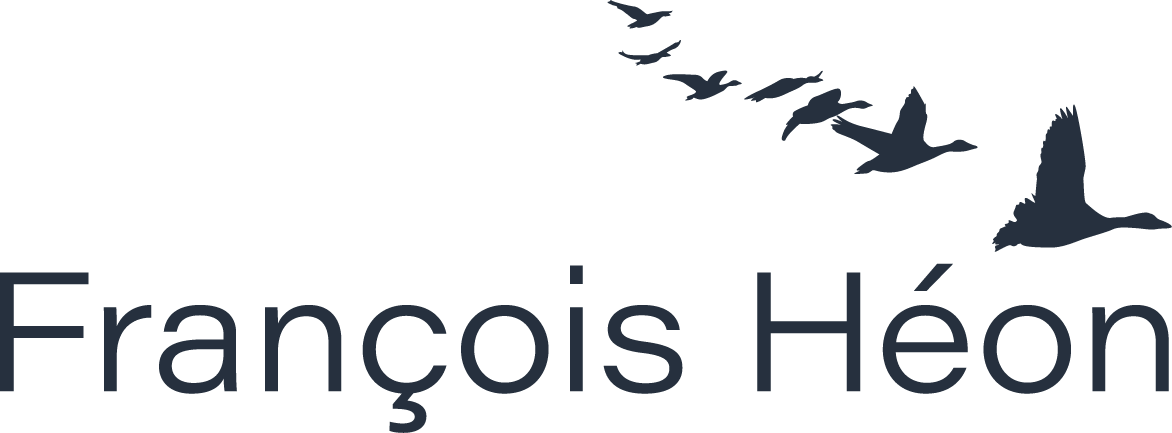Some managers are good at avoiding group discussions and are more comfortable managing issues on a one-on-one basis. And then you often hear them say, “But I told my staff what to do; how did they lose track?”
The question is whether we create time and space to appreciate and make sense together, so that groups truly integrate shared intentions. Appreciating together to really listen to everyone’s perspective on a situation without falling into collective reactivity and hyperactivity to fix the situation. Appreciating together by welcoming the new employee and making her feel included and us better with her. Appreciating together when at the end of the first sharing of perspective something new and better emerges.
Here are a few examples of ways in which organizations have structured their own appreciative times to reconnect, learn, and celebrate.
Google’s TGIF and Q&A Meetings
As a way to lead its exponential growth, Google designed weekly meetings they called TGIF (Thank Goodness it’s Friday) as well as Q&A meetings. TGIF is a meeting for executives to reflect on the past week and to see what new ideas have emerged. The Q&A meetings are opportunities for employees to ask top executives any question in a simple and collegial format. Good examples of making time to appreciate and learn.
Rituals of Individual and Collective Recognition
As the saying goes, ‘celebrating success engenders success!’ Whether it’s a weekly meeting or an opportunity to celebrate a key achievement, leading organizations create their own unique rituals to appreciate, include, value, and build community.
Invent your own rituals, and make sure your recognition is authentic. Phony praise backfires. Good recognition is authentic, concrete, and specific.
Training Programs as ‘Strategic Intelligence Cells’
I’ve found throughout my consulting career that leadership trainings are great for leadership development but they’re also what I call ‘strategic intelligence cells.’. The degree to which small groups shared beyond the essential content, and, consequently, created a learning process within the organization.
Whatever the training you organize, remember that every group can become a self-reflective and learning community within the system. You have a training on x topic? Why not take the opportunity to add a few additional questions?
This article is an excerpt from: The Yin and Yang of Leadership: A Theoretical and Practical Guide to Democratic Leading (2018)


